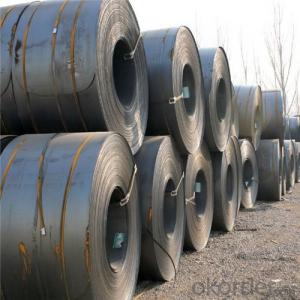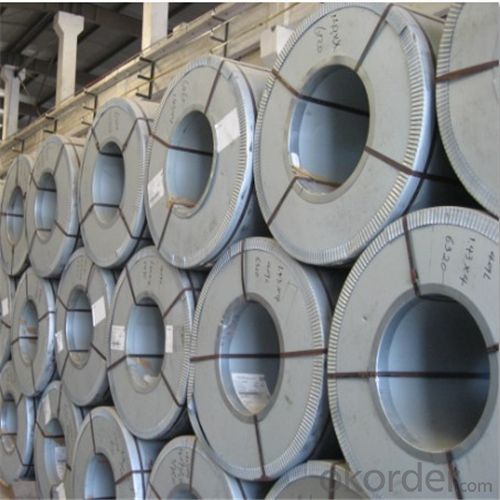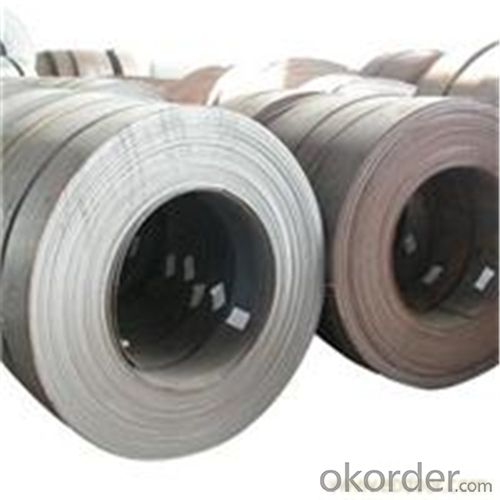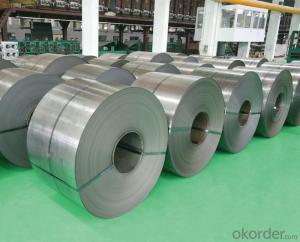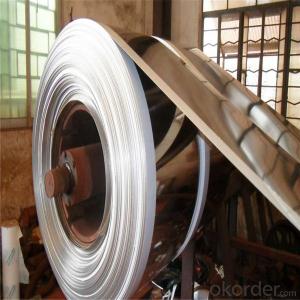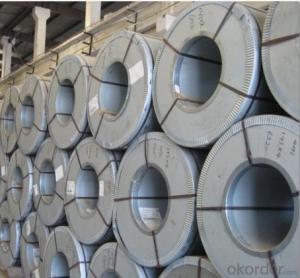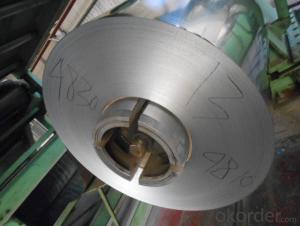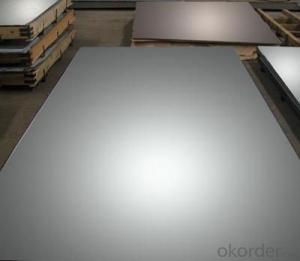Hot Rolled Steel Coil Used for Industry with Too Competitive Price
- Loading Port:
- Shanghai
- Payment Terms:
- TT OR LC
- Min Order Qty:
- 50 m.t.
- Supply Capability:
- 10000 m.t./month
OKorder Service Pledge
OKorder Financial Service
You Might Also Like
Hot Rolled Steel Coil Used for Industry
1.Structure of Hot Rolled Steel Coil Description
Rolled to its final dimensions while it’s hot enough to scale, our hot-rolled steel is an amalgamation of the various qualities of steel. It can be in the form of plates, sheet and coils. Our Hot-Rolled Steel Sheets and Coils are applied to a wide range of uses such as automobile, electrical appliance, machinery manufacturing, container manufacturing, shipbuilding, bridge, pipeline, and receive high acclaim from our customers for its excellent quality.
2.Main Features of the Hot Rolled Steel Coil
•High Purity
•Easy control and operation
•High strength
•Fast melting
•Competitive price
•Best Service
3. Cold Rolled Steel Coil Images
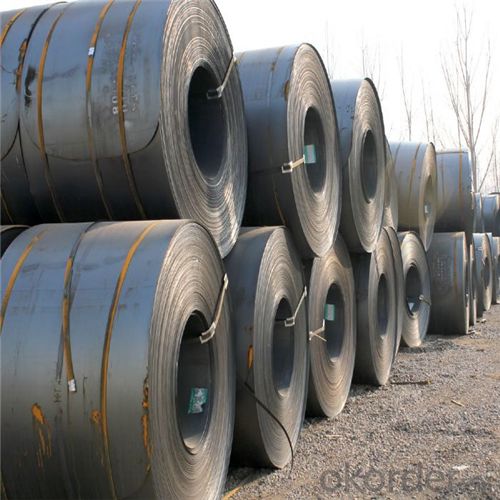
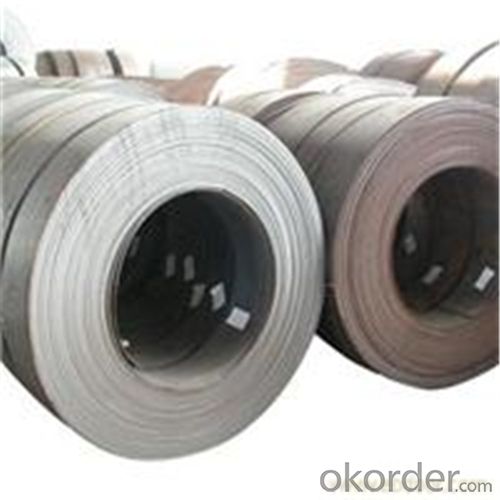
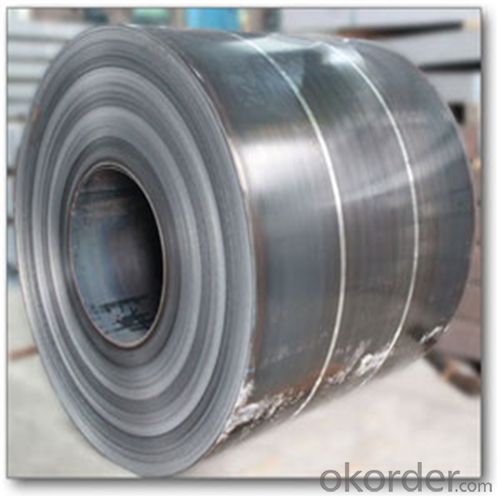
4. Hot Rolled Steel Coil Specification
HOT ROLLED STEEL COIL | |
Thicknenss | 1.5mm-25mm |
Width | 600mm-2000mm |
Sheets length | ---- |
Coil inner diameter | 762mm |
Surface treatement | ---- |
Coil weight | ---- |
5.FAQ of Hot Rolled Steel Coil
We have organized several common questions for our clients,may help you sincerely:
①How about your company?
A world class manufacturer & supplier of castings forging in carbon steel and alloy steel,is one of the large-scale professional investment casting production bases in China,consisting of both casting foundry forging and machining factory. Annually more than 8000 tons Precision casting and forging parts are exported to markets in Europe,America and Japan. OEM casting and forging service available according to customer’s requirements.
②How to guarantee the quality of the products?
We have established the international advanced quality management system,every link from raw material to final product we have strict quality test;We resolutely put an end to unqualified products flowing into the market. At the same time, we will provide necessary follow-up service assurance.
③How long can we receive the product after purchase?
In the purchase of product within three working days, We will arrange the factory delivery as soon as possible. The pecific time of receiving is related to the state and position of customers.Commonly 7 to 10 working days can be served.
- Q: What are the different types of edge treatments for steel coils?
- There are several different types of edge treatments for steel coils, including slit edge, mill edge, and deburred edge. Slit edge is the standard edge treatment, where the coil is slit to the desired width and the edges are left with a rough, jagged finish. Mill edge is a smoother edge treatment that is achieved by cutting the coil using a circular saw, resulting in a cleaner edge. Deburred edge is a further refinement of the mill edge, where the sharp edges are removed through a deburring process, creating a smooth, rounded edge.
- Q: What are the common coil width tolerances?
- The common coil width tolerances vary depending on the industry and specific application. However, some general coil width tolerances include +/- 0.005 inches, +/- 0.010 inches, or +/- 0.020 inches. It is important to note that these tolerances may differ based on the material, thickness, and quality requirements of the coil.
- Q: What we have to keep in mind before buying a steel building?
- Here is a web search of the term steel building specification. It should give you some ideas and sources.
- Q: I have one and wonder how much force this can take since it does seem like you can bend it(Sure it's impossible with hands), but I don't want to try that cause i don't want to break it. Many people say that it's really hard and can handle a hammer smash? is that true and can it even make it through more force. Cause steel is harder than iron and iron is pretty hard... So how much can i trust this locks security, i mean if i put at at a door would some thiefes be able to break it, if they had the right tools??
- It's hard to give you a quantitative answer. There are different grades of testing standards for padlocks. It comes under the ASTM F883. You need to be more specific. The link only gives a picture and no details about the lock. But in general, stainless steel locks are pretty darn strong. Also, you are under the wrong impression about steel vs iron. Iron is a component of steel. Pure iron is very ductile and is softer than steel. Cast iron, is very hard, but is also very brittle and has limited uses. In general, mild steel is realitively soft and ductile. But, there are many different alloys of steel and some have hardnesses and strengths higher than cast iron. Stainless steel is typically more ductile that mild steel because of the smaller amount of iron in the recipe. There are exceptions to that as well. The 400 series of stainless steels have higher amounts of iron and can be heat treated to hardnesses equaling the better steel alloys.
- Q: can anyone help me to find any webpage about lists/types of stainless steel?
- Types of stainless steel There are over 150 grades of stainless steel, of which fifteen are most common. The AISI (American Iron and Steel Institute) defines the following grades among others: - 200 Series—austenitic iron-chromium-nickel-manganese alloys - 300 Series—austenitic iron-chromium-nickel alloys Type 301—highly ductile, for formed products. Also hardens rapidly during mechanical working. Type 303—free machining version of 304 via addition of sulfur Type 304—the most common; the classic 18/8 stainless steel Type 316—Alloy addition of molybdenum to prevent specific forms of corrosion - 400 Series—ferritic and martensitic alloys.
- Q: What are the applications of steel coils in the aerospace industry?
- The aerospace industry relies heavily on steel coils for various purposes. One important application is in the manufacturing of aircraft structures. Steel coils are commonly used to fabricate wing spars, fuselage frames, and landing gear, as they possess high strength and durability necessary to withstand heavy loads and extreme conditions. Another significant use of steel coils in the aerospace industry is in the production of engine components, specifically turbine blades. These blades experience high temperatures and rotational forces, making it crucial to utilize steel coils due to their excellent heat resistance and mechanical properties. This ensures the reliability and performance of aircraft engines. Steel coils also find utilization in the production of fasteners and connectors necessary for securely joining different parts of an aircraft. Bolts, nuts, and rivets made from steel coils are essential for maintaining the structural integrity and safety of the aircraft. These fasteners need to possess high tensile strength and corrosion resistance. Furthermore, steel coils are employed in the production of fuel tanks and hydraulic systems. The weldability and formability of steel allow for the efficient fabrication of these complex structures. Steel coils can be shaped into various sizes and configurations, providing flexibility in designing fuel tanks and hydraulic components that meet specific requirements. In conclusion, steel coils are indispensable in the aerospace industry. Their use in aircraft structures, engine components, fasteners, and fuel tanks highlights their versatility and reliability. The exceptional strength, durability, heat resistance, and formability of steel make it the preferred material for various aerospace applications, ultimately ensuring the safety and performance of aircraft.
- Q: What are the common coil processing methods?
- Some common coil processing methods include slitting, shearing, blanking, leveling, and edging.
- Q: hi, i have a steel block with an unussual composition. does anyone know if this is any particular type?c- .6%, si - .33%, mn - .6%, sulphur - .014%, phosphorous - .013%, ni - 1.69%, Cr, 1.07%, molybdenum - .67%
- You have opened a can of worms. Specific types of steel vary not only by composition but by the way they were made, their physical properties and their morphology (microscopic structure). The composition you have given would fit for High Carbon Steel and Medium Carbon Steel. Go to the reference I've given, it allows you to put in 3 of the components of your alloy and then it gives you a list of possibilities. You can open each candidate individually and see the full composition. Hours of fun. :)
- Q: How are steel coils protected against UV radiation?
- Coil coating is a process that safeguards steel coils from UV radiation. This process entails applying a layer of paint or coating to the surface of the steel coil. By doing so, the coating acts as a protective barrier, shielding the metal from the harmful effects of the sun's ultraviolet rays. The protective coating used for steel coils is specifically designed to resist UV radiation. It contains pigments and additives that either absorb or reflect UV light, thereby reducing the amount of radiation that reaches the steel surface. To ensure maximum protection, the coating is applied in multiple layers. The first layer, called the primer, enhances adhesion to the steel surface and provides additional resistance against corrosion. Subsequent layers, such as the base coat and topcoat, improve durability and UV resistance. In addition to the coating, extra precautions can be taken to protect steel coils from UV radiation. This includes storing them in shaded areas or using covers to shield them from direct sunlight when stored outdoors. These measures minimize the exposure of the coated steel coils to UV radiation, helping to prolong their lifespan and maintain their appearance. Overall, the combination of a high-quality protective coating, proper storage, and handling practices ensures that steel coils are effectively shielded from the damaging effects of UV radiation. This allows them to maintain their structural integrity and aesthetic appeal for a long period of time.
- Q: How are steel coils used in the manufacturing of power generation equipment?
- Steel coils are used in the manufacturing of power generation equipment as they are essential for fabricating components like turbine blades, generator frames, and structural supports. These coils are shaped, cut, and molded into various parts, ensuring strength, durability, and stability in power generation equipment.
Send your message to us
Hot Rolled Steel Coil Used for Industry with Too Competitive Price
- Loading Port:
- Shanghai
- Payment Terms:
- TT OR LC
- Min Order Qty:
- 50 m.t.
- Supply Capability:
- 10000 m.t./month
OKorder Service Pledge
OKorder Financial Service
Similar products
Hot products
Hot Searches
Related keywords
